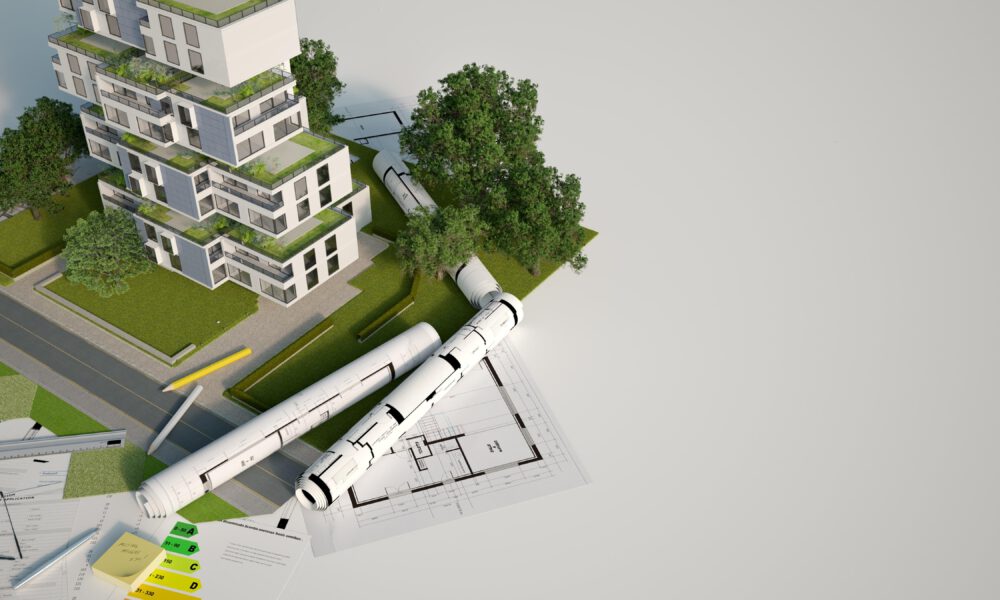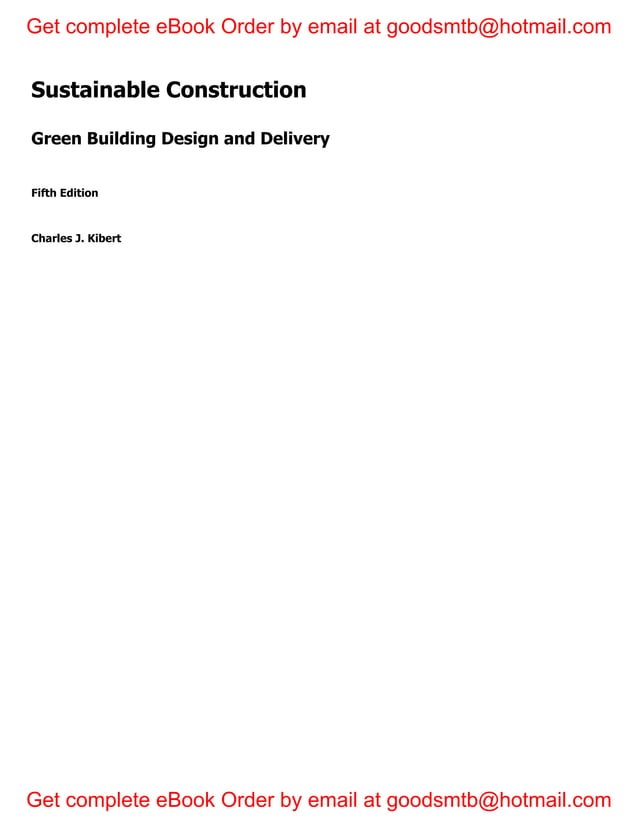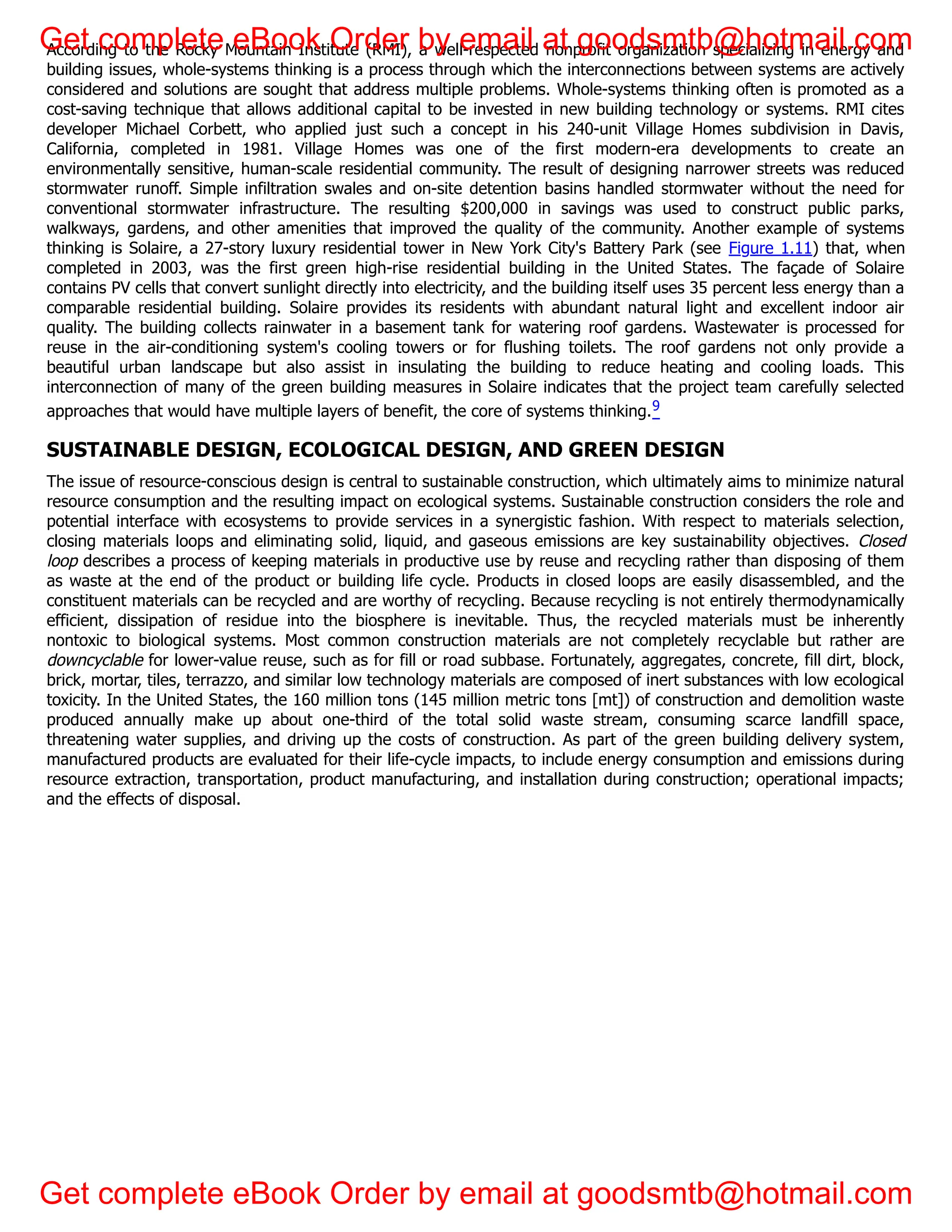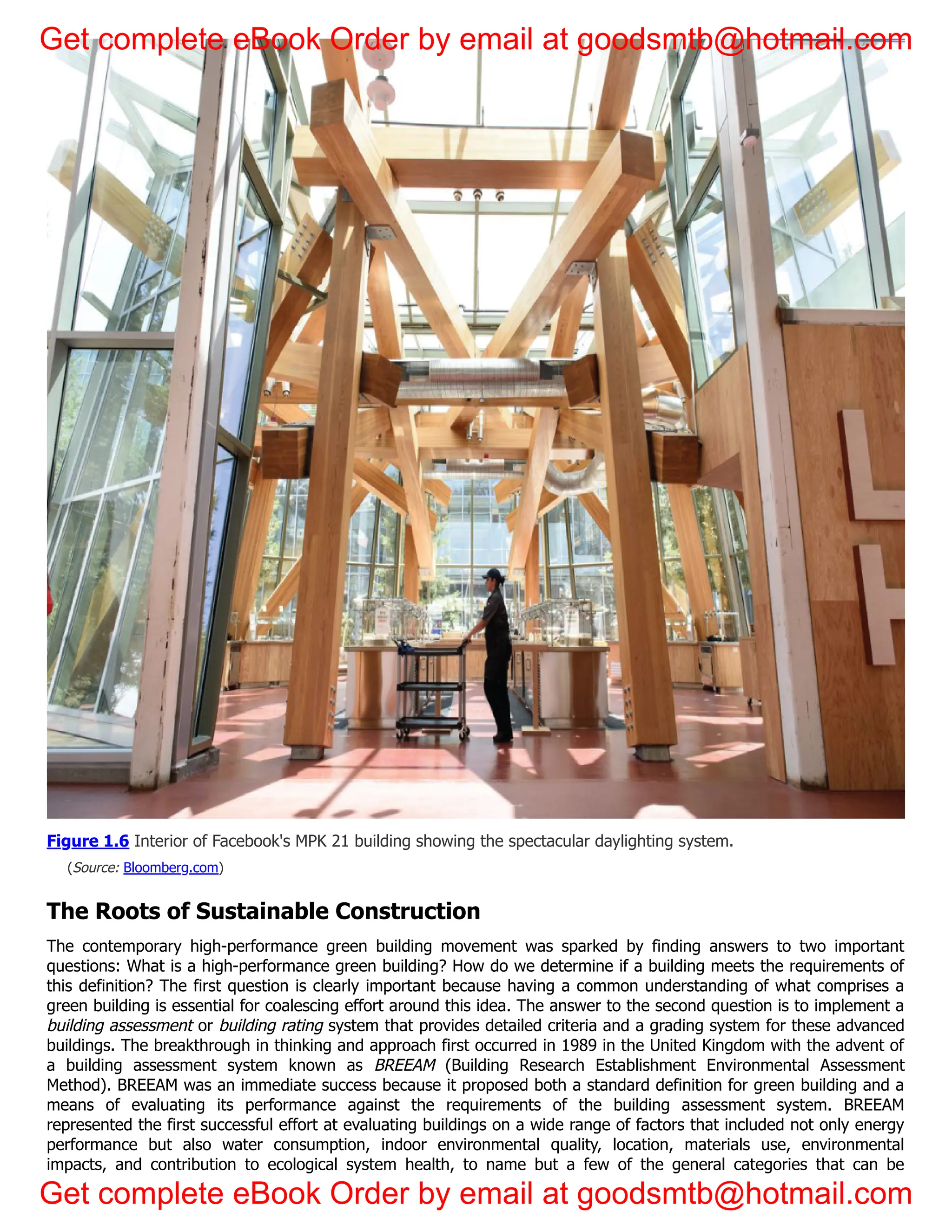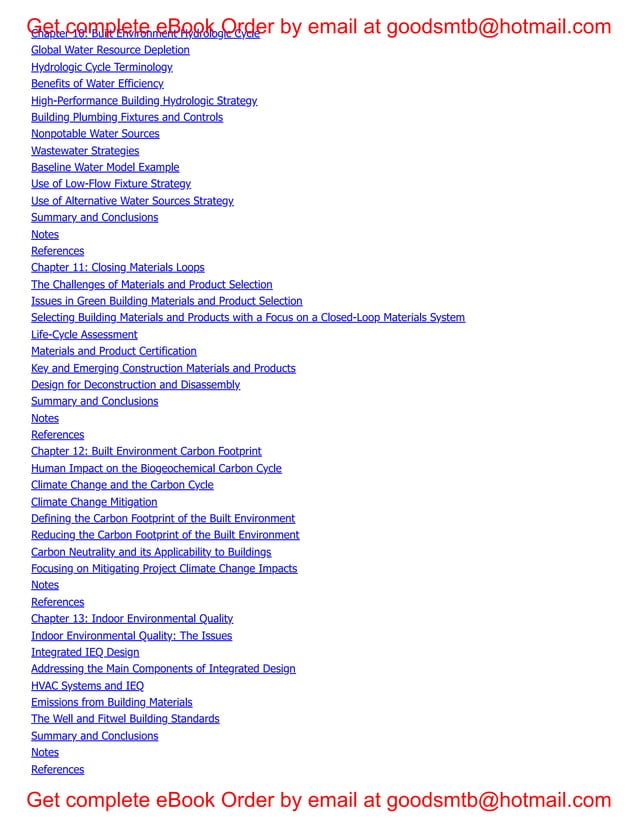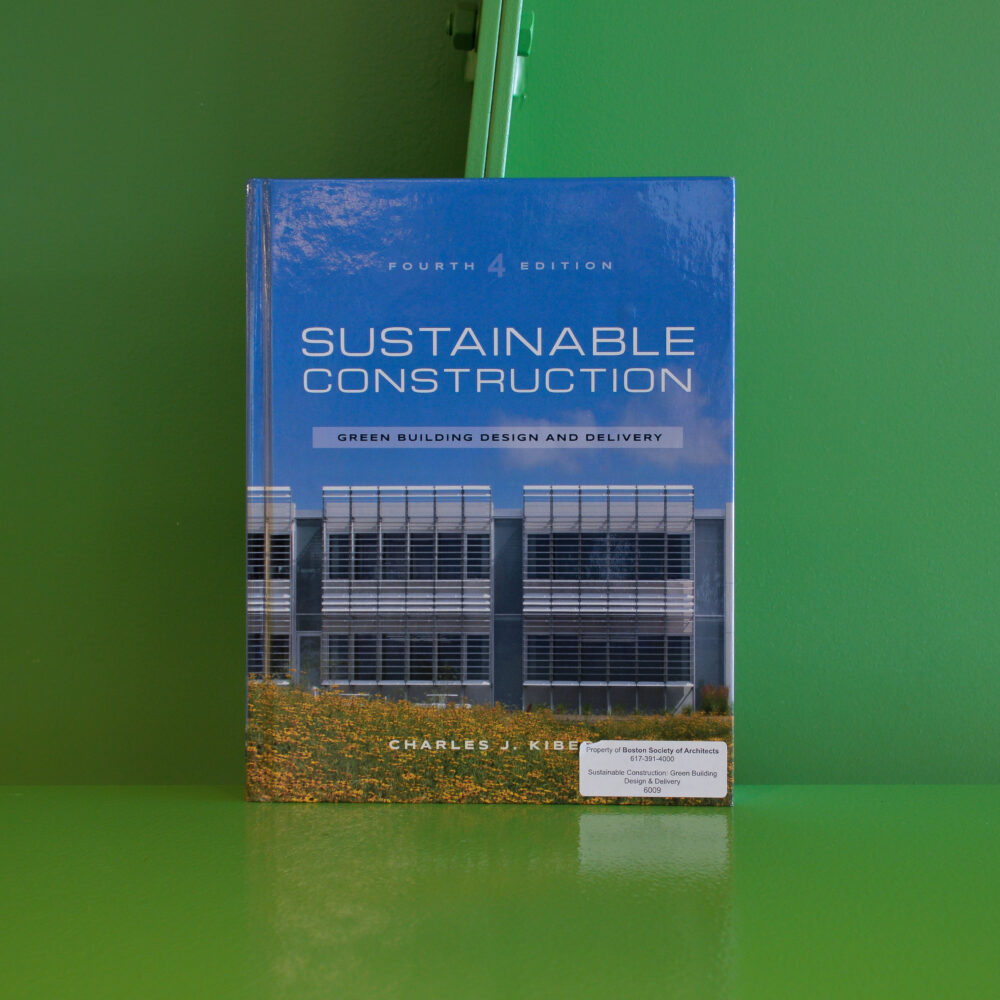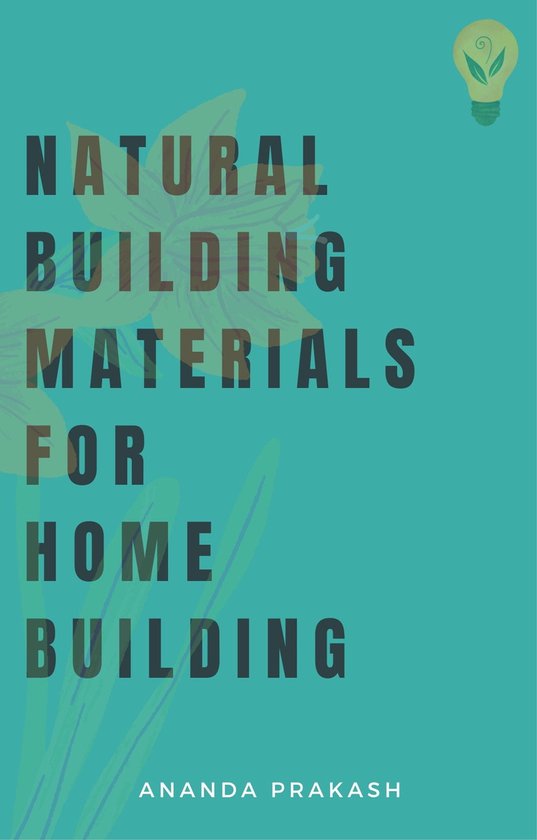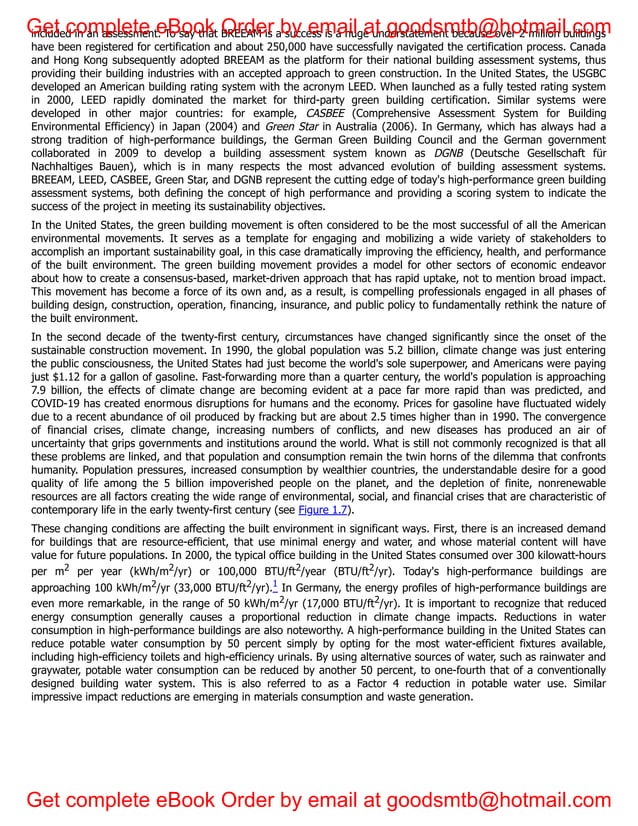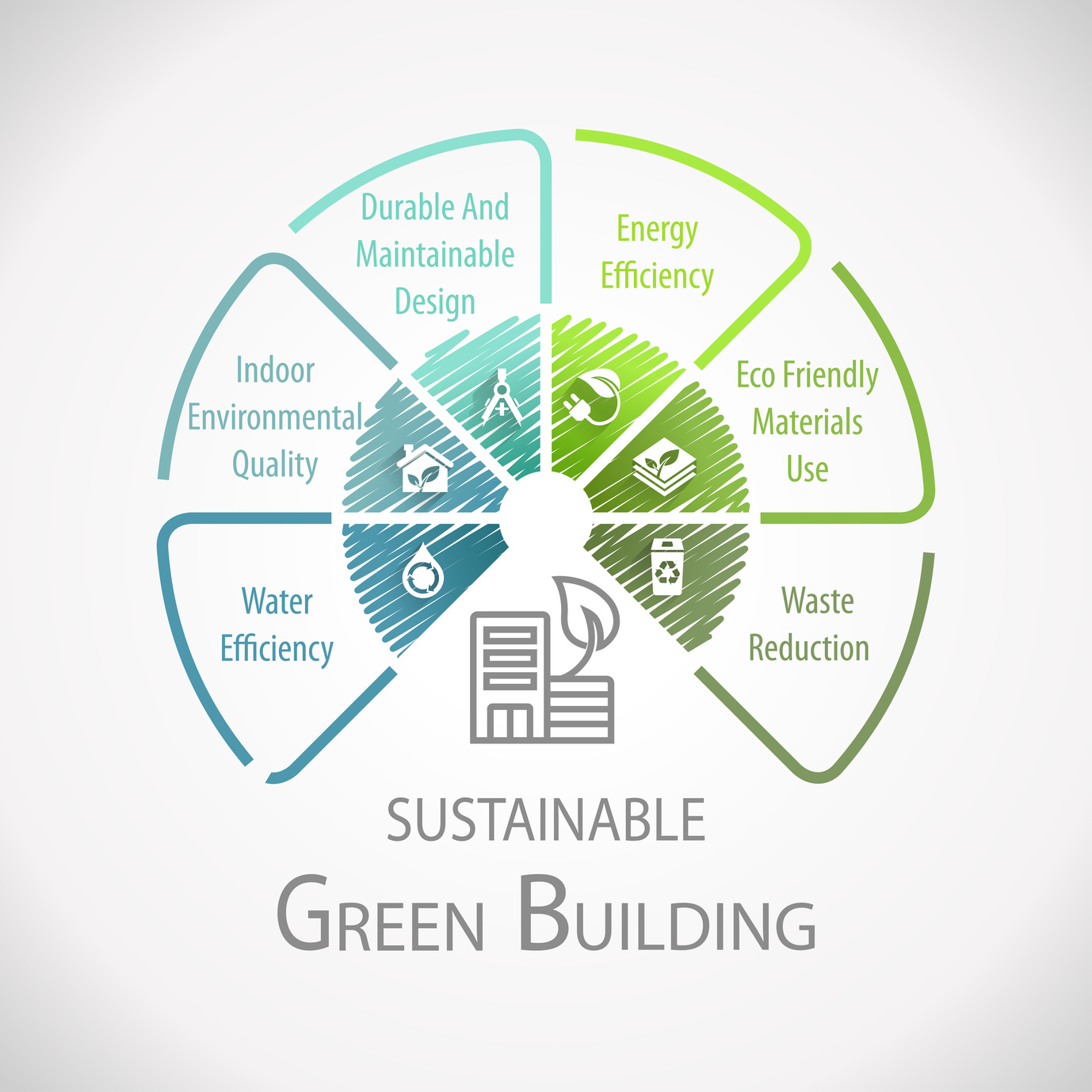Sustainable Construction Green Building Design And Delivery
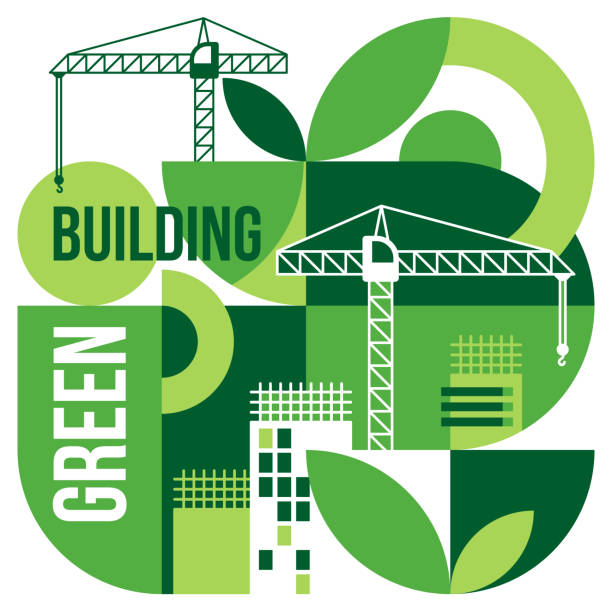
Imagine a city skyline not dominated by cold, grey concrete, but softened by verdant walls teeming with life, punctuated by solar panels glinting in the sun. Buildings that breathe, that filter rainwater, that provide habitats for birds and insects, and, most importantly, that drastically reduce their environmental footprint. This vision isn't a futuristic fantasy; it's the rapidly evolving reality of sustainable construction.
At its heart, green building design and delivery represents a profound shift in how we conceive, construct, and inhabit our built environment. It's about minimizing environmental impact, maximizing resource efficiency, and creating healthier, more comfortable spaces for people. This article delves into the principles, practices, and promising future of sustainable construction, exploring how architects, builders, and policymakers are working together to build a better world, one eco-friendly structure at a time.
The Roots of Green Building
The modern green building movement gained significant momentum in the late 20th century, driven by growing awareness of climate change, resource depletion, and the harmful effects of conventional construction practices. The oil crisis of the 1970s further spurred interest in energy efficiency, highlighting the vulnerability of economies reliant on fossil fuels.
Early pioneers began experimenting with passive solar design, natural ventilation, and recycled materials. Organizations like the U.S. Green Building Council (USGBC), founded in 1993, played a crucial role in formalizing the movement, establishing standards, and promoting best practices.
LEED: A Benchmark for Sustainability
The Leadership in Energy and Environmental Design (LEED) rating system, developed by the USGBC, quickly became the industry standard for evaluating and certifying green buildings. LEED provides a framework for addressing key sustainability areas, including energy efficiency, water conservation, materials selection, and indoor environmental quality.
Buildings are awarded points based on their performance in these categories, with higher scores earning higher levels of certification (Certified, Silver, Gold, and Platinum). According to the USGBC, as of 2023, there are over 100,000 LEED-certified projects worldwide, demonstrating the widespread adoption of green building principles.
Key Principles of Sustainable Construction
Sustainable construction encompasses a wide range of practices, all aimed at minimizing environmental impact and maximizing resource efficiency throughout a building's lifecycle. These principles guide every stage of the process, from initial design to demolition and deconstruction.
Energy Efficiency: This is a cornerstone of green building, focusing on reducing energy consumption through passive design strategies (e.g., orientation, shading), high-performance insulation, energy-efficient windows and doors, and advanced HVAC systems. Renewable energy sources, such as solar panels and geothermal systems, are also increasingly integrated into building designs.
Water Conservation: Sustainable buildings prioritize water conservation through efficient fixtures (e.g., low-flow toilets, showerheads), rainwater harvesting systems, and greywater recycling. Landscaping strategies also play a role, emphasizing native plants that require minimal irrigation.
Material Selection: Choosing sustainable materials is crucial for reducing the environmental footprint of a building. This involves prioritizing recycled and renewable materials, locally sourced materials, and materials with low embodied energy (the total energy required to extract, process, manufacture, and transport a material).
Indoor Environmental Quality (IEQ): Green buildings prioritize the health and well-being of occupants by ensuring good indoor air quality, providing ample natural light and ventilation, and minimizing the use of harmful chemicals in building materials and finishes. Improved IEQ has been linked to increased productivity, reduced absenteeism, and improved overall health.
Waste Reduction: Construction and demolition waste is a significant environmental problem. Sustainable construction practices emphasize waste reduction through careful planning, prefabrication, and deconstruction (rather than demolition) to salvage and reuse materials. Many projects now incorporate construction waste management plans to divert materials from landfills.
The Delivery Process: Integrated Design and Collaboration
Successful green building projects require a collaborative approach involving architects, engineers, contractors, and owners. Integrated design is a key principle, bringing all stakeholders together early in the process to consider sustainability goals and optimize building performance.
This collaborative approach allows for innovative solutions that might not be possible with traditional, siloed project delivery methods. Building Information Modeling (BIM) is also increasingly used to create digital representations of buildings, allowing for better coordination, clash detection, and performance analysis.
Beyond LEED: Emerging Trends and Innovations
While LEED remains a dominant force, the green building industry is constantly evolving. New rating systems and standards are emerging, such as the Living Building Challenge, which promotes regenerative design that goes beyond minimizing harm to actively restore ecosystems.
Other notable trends include the increasing use of mass timber construction, which offers a low-carbon alternative to concrete and steel, and the integration of smart building technologies to optimize energy consumption and improve building performance.
Biophilic Design: This approach seeks to connect building occupants with nature, incorporating natural elements such as plants, daylight, and views of the outdoors into the built environment. Studies have shown that biophilic design can reduce stress, improve cognitive function, and enhance overall well-being.
"We shape our buildings; thereafter they shape us." - Winston Churchill
This quote, often cited in the context of architecture, underscores the profound impact that buildings have on our lives and the environment. Sustainable construction offers a way to shape buildings that not only meet our needs but also contribute to a healthier, more sustainable future.
The Economic and Social Benefits
While the initial costs of green building may be higher than conventional construction, the long-term economic benefits can be substantial. These benefits include reduced energy and water bills, lower maintenance costs, and increased property values. A report by the World Green Building Council found that green buildings can yield a return on investment of up to 10% over their lifecycle.
Beyond the economic benefits, green buildings also offer significant social advantages. Improved indoor environmental quality can lead to healthier, more productive occupants, while the creation of green jobs and the promotion of sustainable practices can contribute to a more equitable and resilient society.
Moreover, sustainable construction can help address pressing environmental challenges, such as climate change, resource depletion, and biodiversity loss. By reducing carbon emissions, conserving water, and protecting ecosystems, green buildings play a vital role in creating a more sustainable future for all.
Challenges and Opportunities
Despite its growing popularity, sustainable construction still faces challenges. One major hurdle is the perception that green building is more expensive than conventional construction. While this may be true in some cases, the long-term cost savings and environmental benefits often outweigh the initial investment.
Another challenge is the lack of awareness and expertise among some architects, builders, and developers. However, this is changing as more educational programs and training opportunities become available. Government policies and incentives also play a crucial role in promoting sustainable construction.
Opportunities abound in the green building sector. As demand for sustainable buildings continues to grow, there is a need for innovative technologies, materials, and design solutions. The development of new green building standards and rating systems will also help to drive further progress.
Looking Ahead: The Future of Sustainable Construction
The future of sustainable construction is bright. As awareness of the environmental and social benefits of green building continues to grow, we can expect to see even greater adoption of sustainable practices. Technology will play an increasingly important role, with the development of smart buildings that can optimize energy consumption and adapt to changing conditions.
The integration of renewable energy sources, such as solar and wind power, will become more commonplace, as will the use of innovative materials, such as bio-based plastics and recycled composites. Furthermore, expect to see a greater emphasis on circular economy principles, with buildings designed for disassembly and reuse.
Ultimately, the goal is to create a built environment that is not only sustainable but also regenerative, actively contributing to the health and well-being of both people and the planet. This vision requires a collective effort, with architects, builders, policymakers, and citizens working together to build a better future.
The journey towards sustainable construction is an ongoing process, a continuous striving for improvement and innovation. It's a journey that requires commitment, creativity, and a deep understanding of the interconnectedness between our built environment and the natural world.
As we move forward, let us embrace the principles of green building and work together to create a future where buildings are not just structures but living, breathing ecosystems that enhance our lives and protect our planet for generations to come.
